Content:
Ramson belongs to the herbaceous perennial plants of the onion family. Two types of culture are widespread and popular: victory bow and bear. Under natural conditions, wild garlic grows in the Far East, the Caucasus and Siberia.
Bear onion is a small bush from 20 to 50 cm in height, growing in clearings in mixed and deciduous forests.
The victorious bow grows up to 70 cm tall, has an umbrella inflorescence with pale green flowers. It is also called Siberian wild garlic. It is more frost-hardy than bearish.
Leaves of wild garlic are similar to lily of the valley: the same wide and green. But the plant does not throw out bells, but a peduncle of an arrow with a spherical inflorescence, consisting of many small white flowers.
When growing, follow the recommendations: wild garlic planting and care in the open field on the site requires the creation of conditions close to natural:
- Well moistened soil;
- Soil with enough calcium;
- Place in shade or with little shade;
- Mulching plantings.
Compliance with the recommendations will allow you to grow homemade bear onions and provide the family with healthy and tasty greens.
How to grow ramsons
Wild onions are not picky about care and the question of how to grow wild garlic in the country is not difficult. The garden bed can be set up in the shade of fruit trees or bushes, near sheds and fences. If there is no such place, an area in the sun is also suitable, but in this case the plant will have to be watered more often. But in this case, onions will also grow faster, and more seeds will be tied. The onion loves water, but does not tolerate excess moisture, so they arrange drainage in low flooded places. The acidic earth does not suit him, it needs to be lime. When the leaves of wild garlic dry up, watering is reduced.
Wild onions can be grown in one place for many years, while they gradually rise from the ground. In spring or autumn, a small layer of humus is sprinkled on the garden bed. He will replace top dressing and sprinkle the plants with the required soil depth. Seedlings and wild garlic seeds are planted in autumn and spring.
How wild garlic reproduces
There are three ways to breed wild onions:
- Seeds;
- Bulbs;
- By dividing the bush.
Reproduction in a vegetative way is most effective. Planted bulbs must be succulent, rooted and undamaged. A distance of 20 cm is left between the holes for planting, the bulbs are buried in the ground by 2-3 cm, the beds are mulched with fallen leaves of trees (but not fruit trees). Mulch will keep moisture in the soil for a long time. For reproduction, the bushes carefully, so as not to damage the roots, dig up and separate the bulbs. They need to be planted separately. You can repot the bulbs in October.
If they collect seeds from their own plants, take into account that wild garlic seeds ripen not at the same time, therefore, they periodically plant and shake the plants so that the ripe seeds fall into the prepared container. When sowing seeds, they are not buried in the ground, but scattered over the surface and mulched from above with a small layer of soil.
Ramson growing from seeds
It is difficult to propagate bear onions by seeds, therefore the method is rarely used. But if it was not possible to get the bulbs, you will have to adopt it. For a wild garlic plant, how to grow from seeds is a serious question. The fact is that if the seeds are not very fresh or were stored incorrectly, they may not sprout. In nature, seeds ripened in mid-summer fall off and remain dormant in the ground throughout the winter. Stratification is underway. Only in the spring do they begin to sprout. Therefore, at home, you need to buy and sow seeds in the summer to wait for sprouts in early spring. How to plant wild garlic if the seeds were bought in late autumn or early winter? They are placed in a refrigerator for three months to stratify. In early spring, after the snow melts, they are planted, and then in May-June you can wait for the shoots.
It is very convenient to sow seeds in a box or pot and bury it in the ground in partial shade. This will allow you not to lose the planting site, and it will be easier to get rid of weeds. Drainage must be placed in the pot and filled with fertile soil. Before sowing, you can soak the seeds in a growth promoter or germinate them.
The sowing capacity must be deep (young plants will have to grow here for two years). Seedlings are regularly watered and only after two years can they be transplanted to a permanent place. It will be possible to cut the leaves during seed propagation only after 5 years.
If the seeds have not sprouted, there may be several reasons:
- Loss of germination due to long storage;
- Failure to comply with sowing rules;
- Washed out by rain or melt water.
Growing seedlings
Summer residents often ask: when and how to plant wild garlic in order to get a harvest faster. When planting wild garlic bulbs, the most favorable time is autumn. For seedlings, the necessary conditions are created:
- Place in the shade: near fences, outbuildings, fruit trees on the north or east side. Fragrant wild garlic will attract pollinating insects and increase the yield of berries and fruits;
- Planting wild garlic in the beds between vegetable crops is not forbidden, only in this case it will have to be watered more. But she will save tomatoes from late blight and scare off pests;
- Avoid places with stagnant water, and drainage from pebbles, gravel and sand is made in a flooded area;
- The soil should be loose and breathable, so peat, compost or humus are added to the garden bed. This will give the plants additional nutrition, and there will be no need for feeding;
- In the fall, the garden bed is mulched, and in the spring it needs to be opened, removing the mulch. Spring with light frosts is not scary for wild onions;
- Flowers on young seedlings are removed so that they do not deprive the plant of strength and take away excess nutrition;
- Only in the fourth year can you begin to harvest.
The soil in the garden bed is dug under the wild onion, the rhizomes of the weeds are selected, and humus is added.
For planting seedlings, holes are made with a distance of 20 cm, and between the rows - 40 cm.The roots are straightened at the bulb, buried by 2/3 and covered with earth. The plantings are watered and mulched with compost, and on top - with fallen leaves.
In the future, it is not difficult to care for the plants: you need to regularly water and weed the weeds. Loosening is not carried out to avoid damage to the root system, but the condition of the mulch is monitored, keeping the soil in a loose and moist state.
If you plant wild garlic in the shade of trees and shrubs, almost no care is required, since conditions close to natural conditions are created for it.
Ramson planting and care
It is not difficult to take care of wild garlic. It is necessary to ensure that the soil is moderately moist, and when it dries up, water the beds. From July to September, wild garlic rests, at this time watering is reduced.
Mulching procedure is required. Without this, wild onions will not grow. In the fall, mulch is poured into the beds, and in the spring they are removed.
The frosty winter does not frighten wild garlic, but in the warmth it grows better.A hot summer can be disastrous for her.
Top dressing replaces humus and compost. In autumn and spring, you can feed the plants with ammonium nitrate and superphosphate. For the introduction of phosphorus and potassium, the appeared arrows give a signal. These fertilizers will help the seeds ripen better and the bulbs form.
Harvesting
Ramson grows very slowly. Only one replacement bulb is produced per year (maximum two). Harvesting correctly means that all greens are not cut. One or two remaining leaves will help the plant recover faster. A large amount of planting material will allow you to make several beds. In this case, the wild garlic is harvested only from one bed, and on the second, they give time to the wild onions to recover and gain strength. After 5 years, the plants need to be planted.
In spring (April-May) leaves and arrows of wild garlic are cut for salads. You can dig up and pickle the onions or eat them fresh. There are several ways to save wild garlic for the winter:
- Drying and freezing. Greens are washed and dried in the open air. You can chop or leave the plant intact. It is scattered on a tray and taken out into a ventilated room. Periodically stir up the greens;
- You can use an oven for drying. The temperature is set at 40 degrees and the door is slightly opened. A properly dried plant breaks easily;
- When frozen, the leaves and stems are washed, cut into small pieces and placed in plastic containers with resealable lids. Put away in freezers;
- Salting also allows you to preserve the aroma and taste of wild garlic. Chopped greens, mixed with salt and packed in containers. Store in a cellar or refrigerator;
- Pickled wild garlic is very tasty. The plants are placed in jars and the marinade is prepared. For 1 liter of water, take 2 tablespoons of sugar and salt, boil, add 100 g of vinegar 9%, pour the jars, sterilize for 5 minutes and close;
- You can keep fresh herbs in the refrigerator for no more than 7 days.
Benefit
Ramson has been used for medicinal purposes for a long time:
- It increases appetite, helps the digestive tract, relieves gastritis and colitis;
- Wild onions are recommended to be included in the diet with an increase in blood pressure, diseases of the thyroid gland, blood vessels, respiratory organs, heart diseases, oncology, obesity and scurvy;
- Ramson has a diaphoretic and diuretic effect, works as an anti-inflammatory and antimicrobial agent, strengthens the immune system;
- Bear onions cleanse the body of toxins and toxins.
The unpretentious plant of wild garlic is well deserved to be grown in the country. She will like the house in the winter, as the wild onion does not intimidate a window sill with a lack of lighting, and it does not need lighting. Home conditions are fine for him. If you don't find wild onion seeds in your city, you can order them on the website of companies that send seedlings and seeds. The post office works well these days, and the order will be delivered quickly.
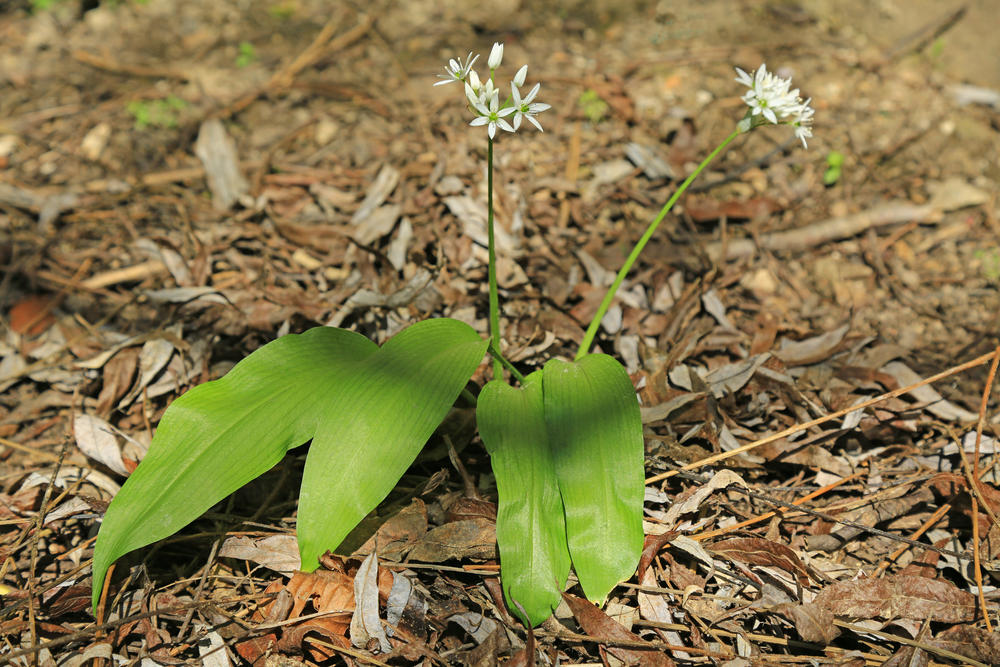
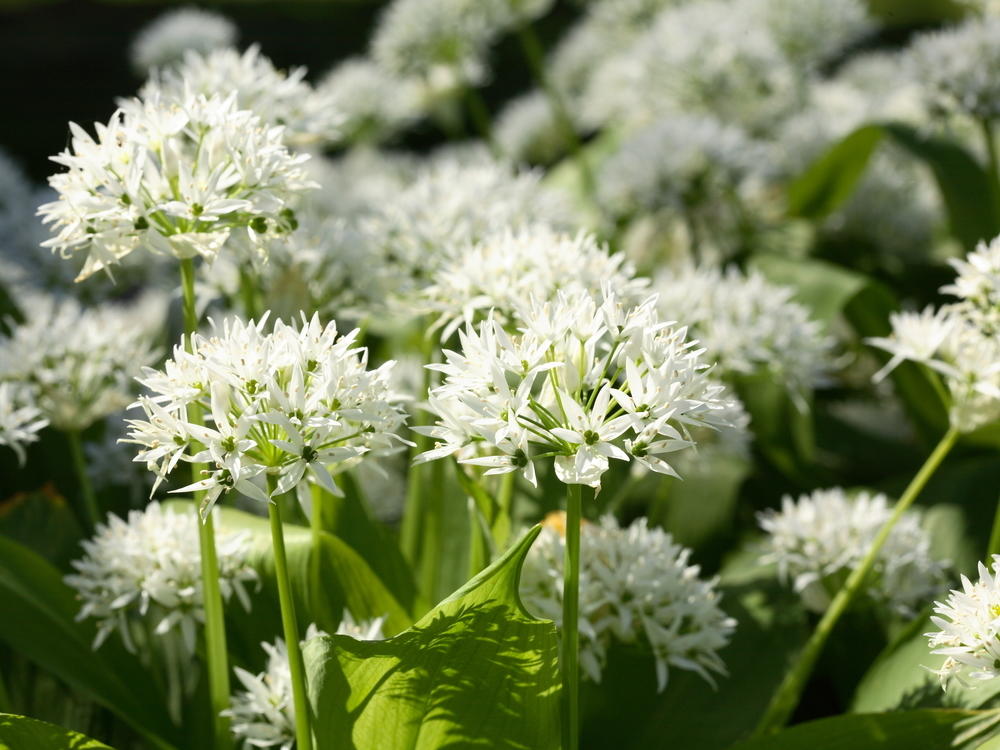
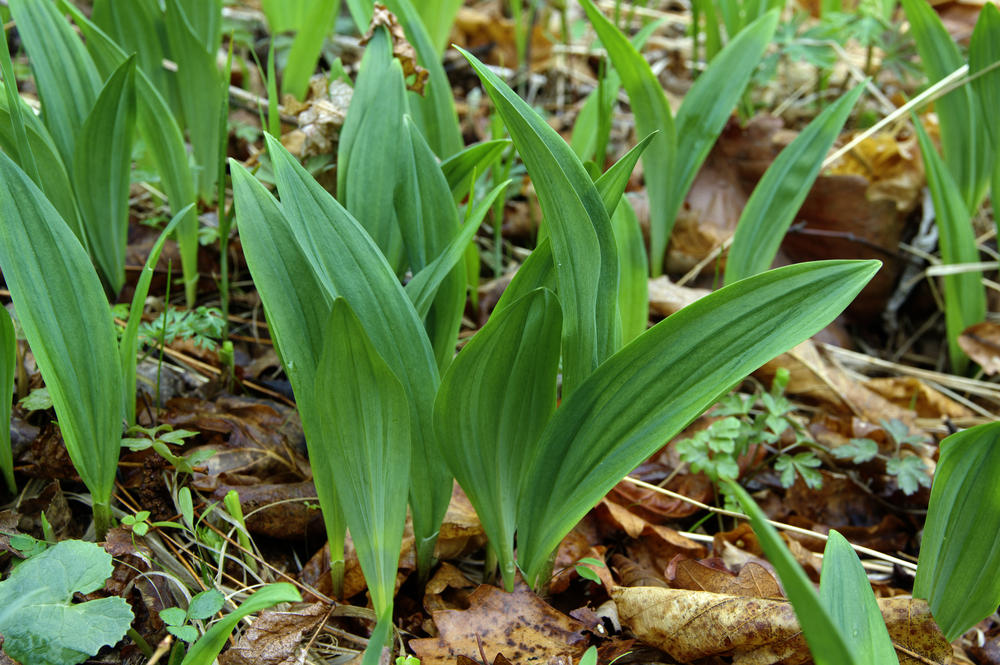
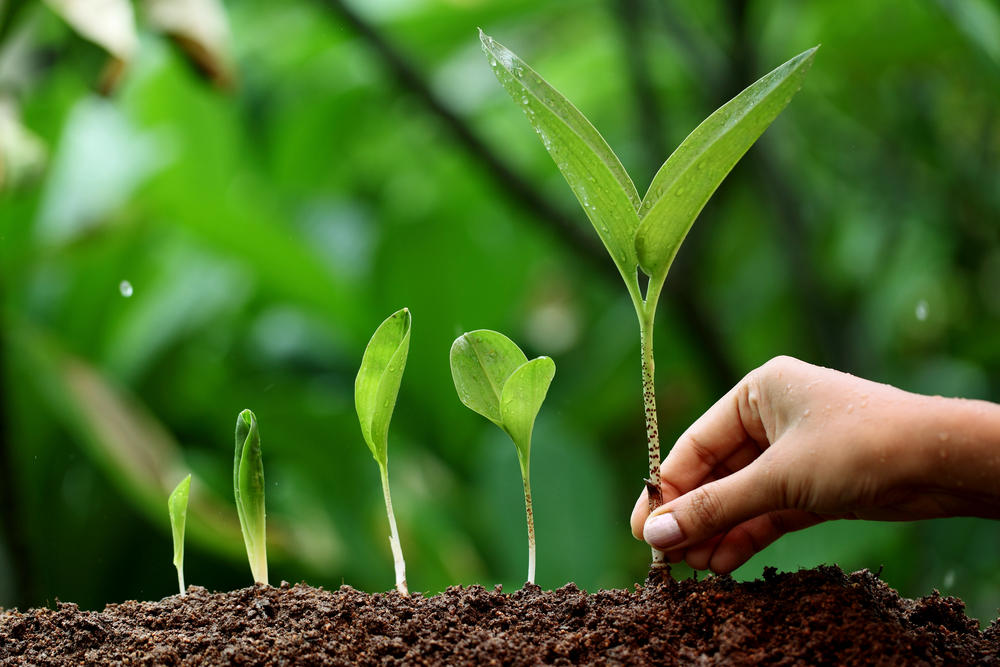
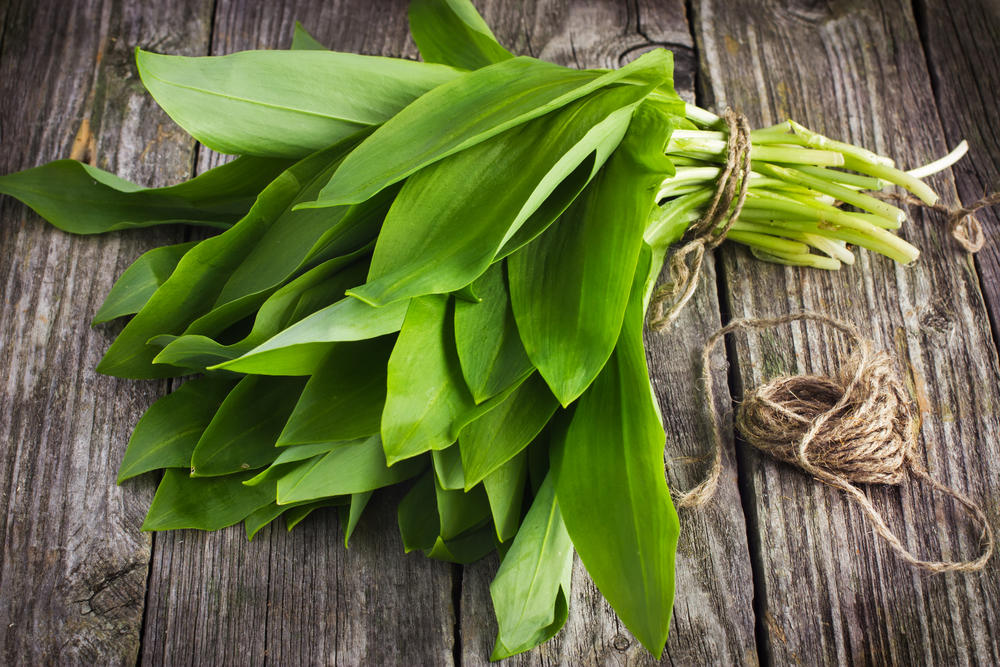
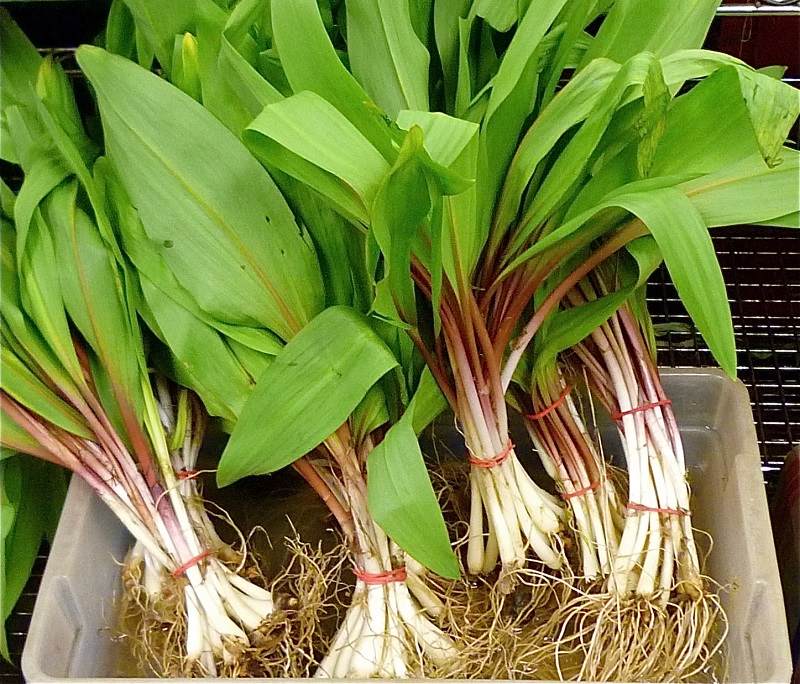
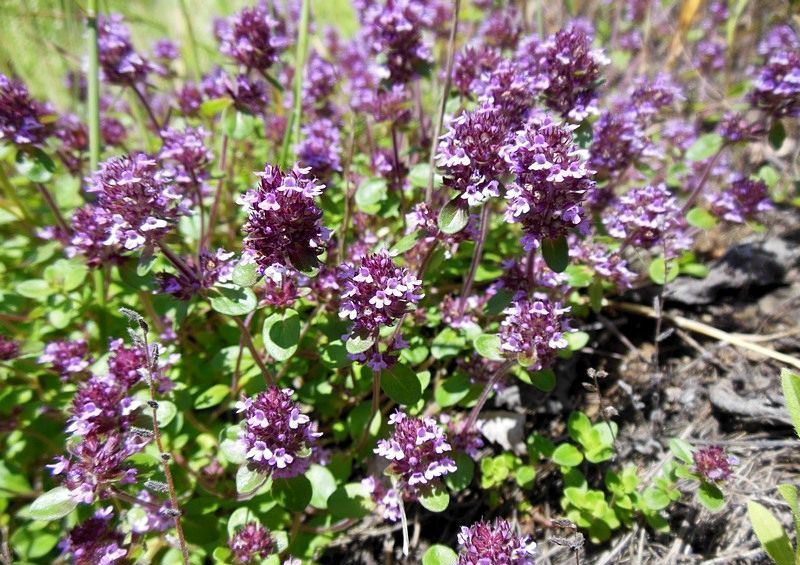
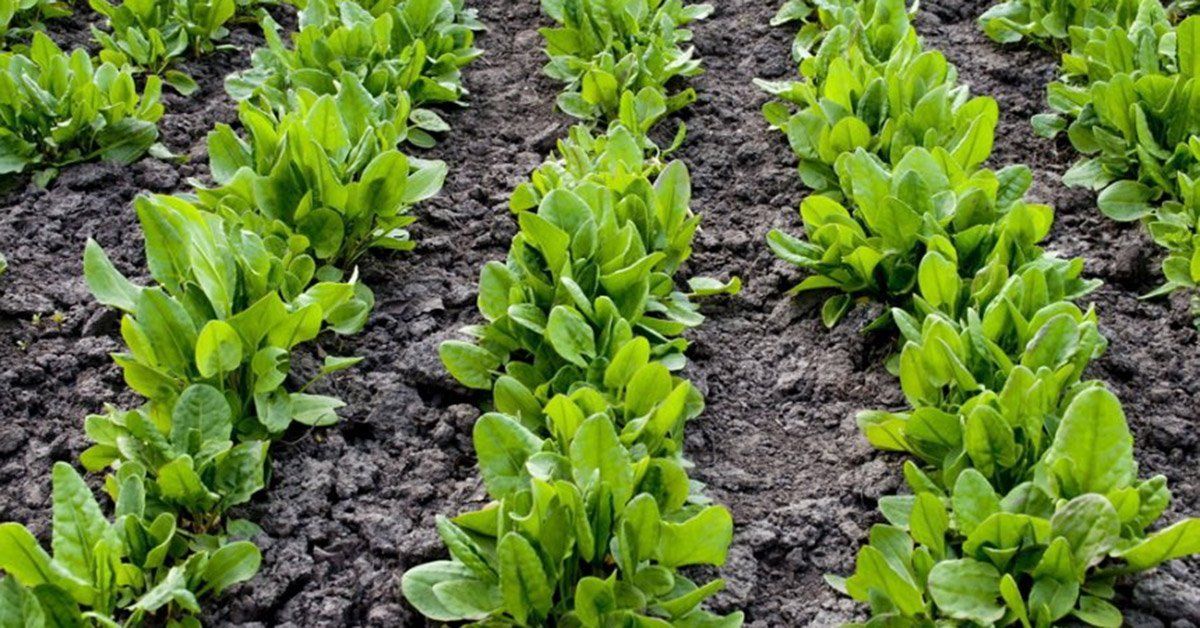
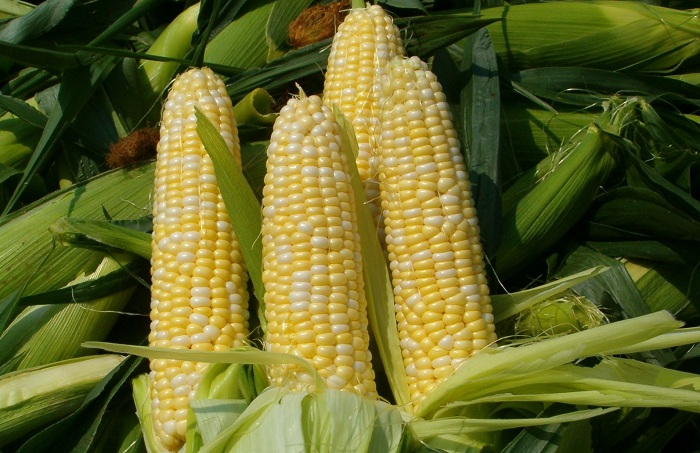
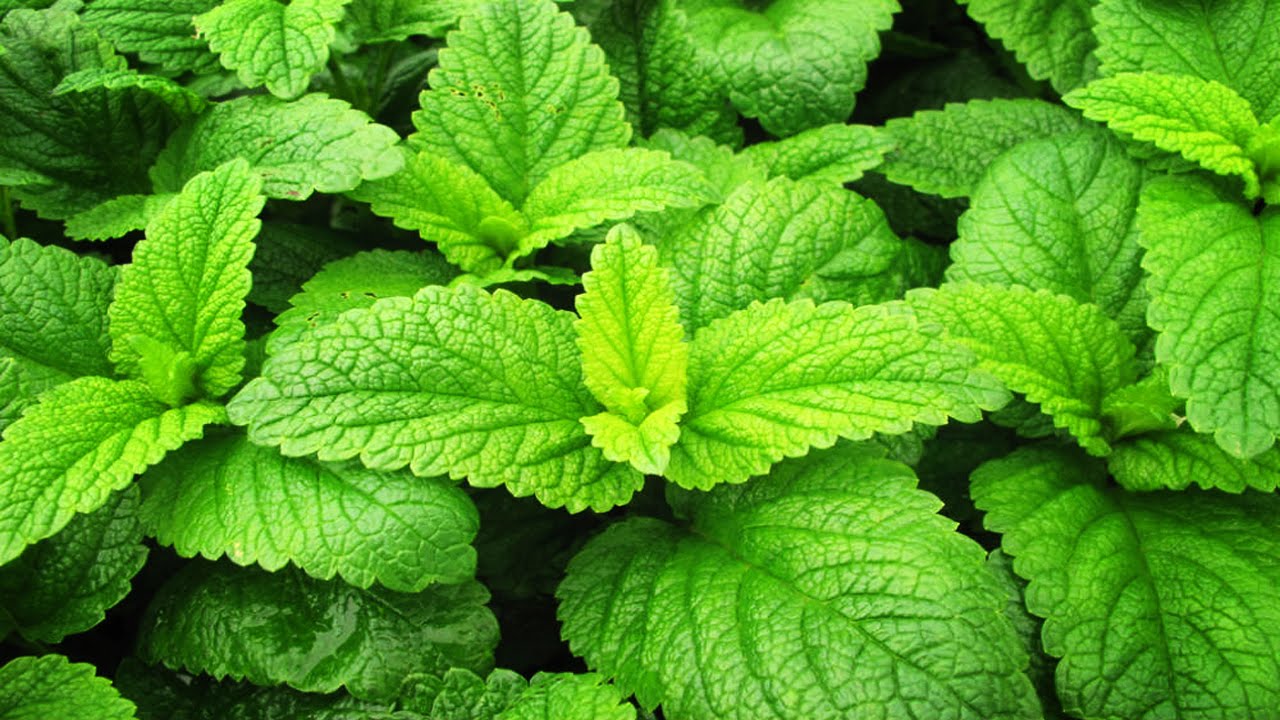
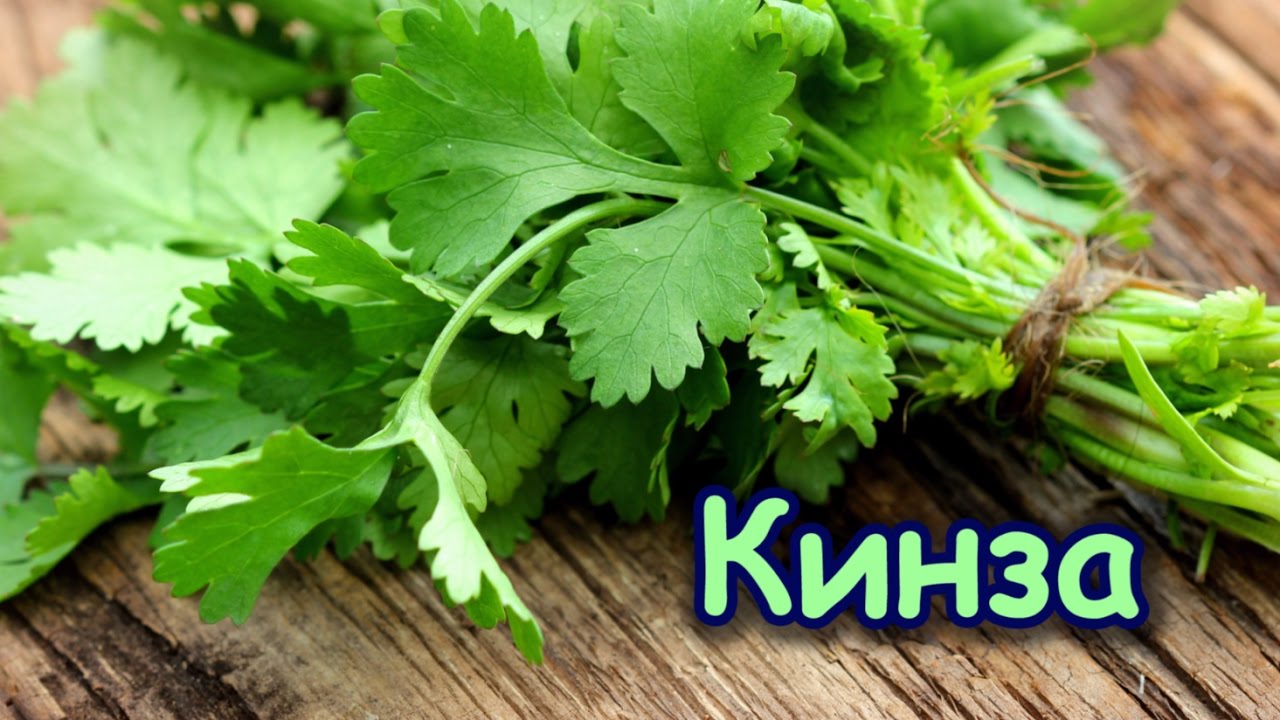
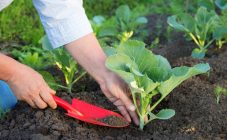







How much crap is on this site ...